It’s not just poison hemlock. Here are 10 more toxic plants in Texas to avoid
Weeding your backyard in Texas can be dangerous work.
A North Texas woman wrote a caution to residents in a Facebook group and said after pulling weeds in an alley behind her home, her arms felt like they were on fire.
Poison hemlock was reportedly the cause, making thousands of residents fear encountering the toxic plant.
Many more toxic plants can be found in Texas. Here’s how to spot them.
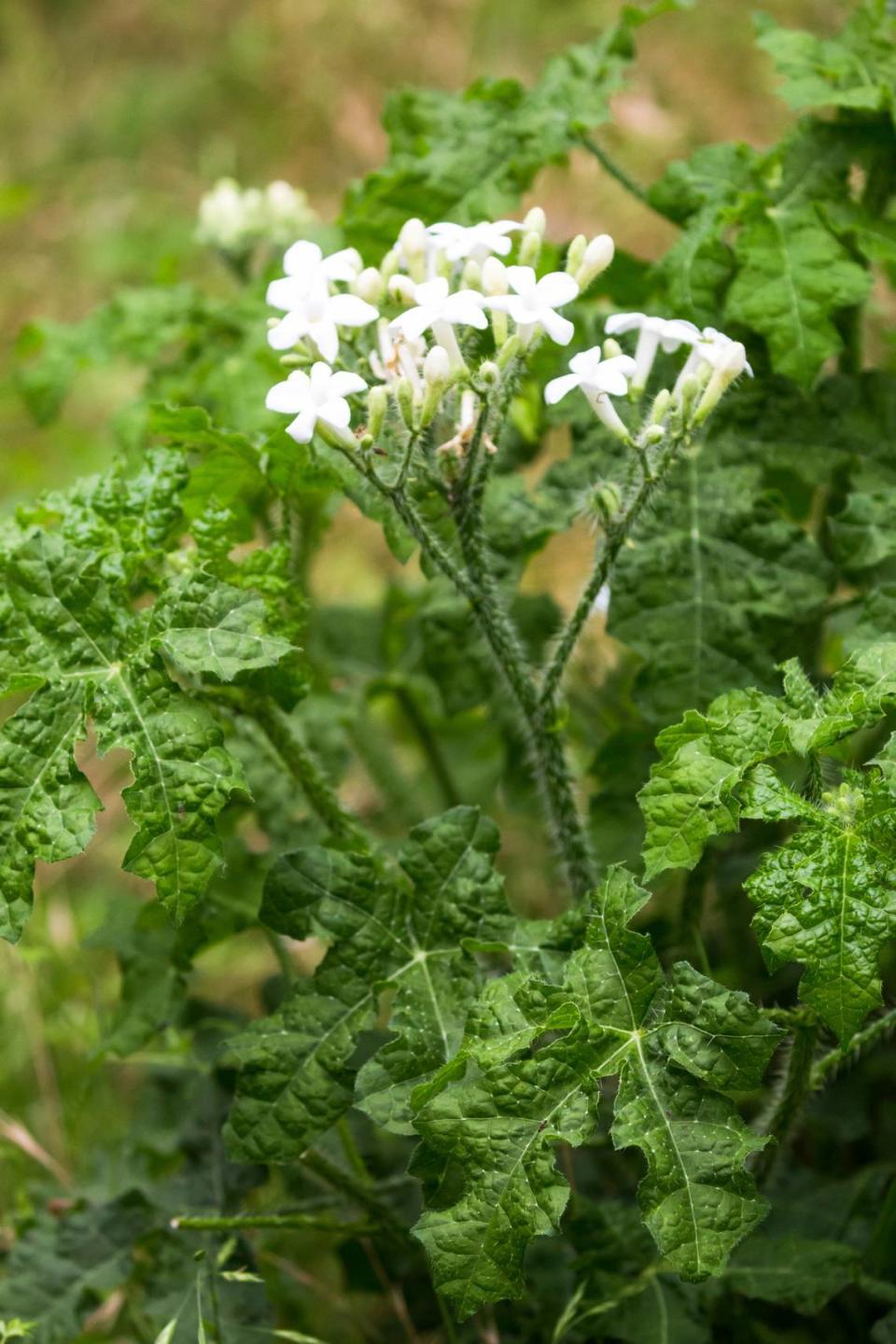
Texas Bull Nettle
The slightest contact with this bright green perennial species can cause hours of burning, stinging, itching and intense pain. It can be identified through the needles coming out of the plant. Blooming from early spring to mid-summer primarily in East Texas, it grows up to three feet tall and three feet wide.
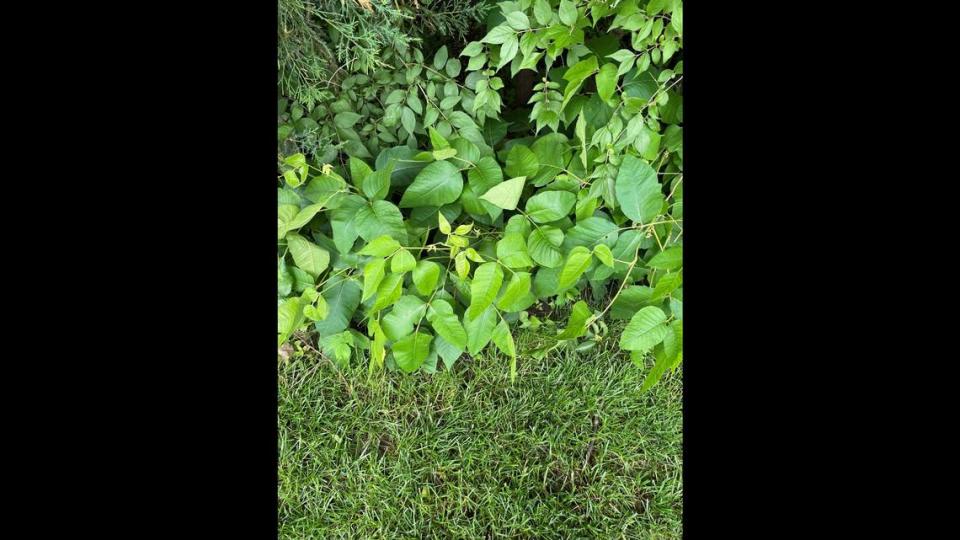
Poison Ivy
Poison Ivy, a well-known toxic plant common in Texas especially during the spring and summer, causes an itchy painful rash. This is caused by its sap that has a clear liquid called urushiol. It can grow as a vine or shrub and can be identified by its smooth green leaves in clusters of three. In the spring, it will produce greenish-white flowers and in the fall, white berries. If you come into contact with the plant, quickly shower with soap and water and wash the clothes that you were wearing. According to the Texas Parks and Wildlife Department, symptoms begin to appear 12 to 36 hours after exposure.
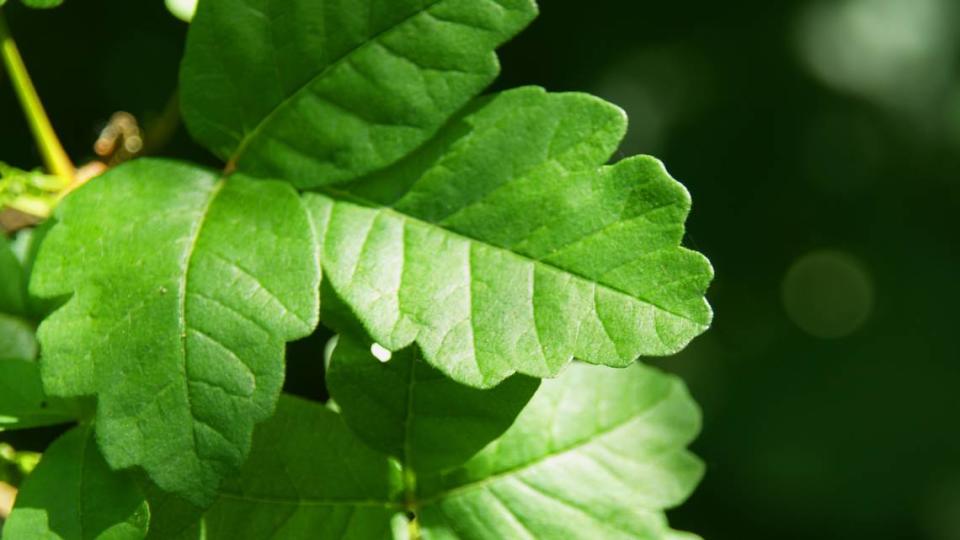
Poison Oak
This shrub, blooming May to July, induces an intense rash causing itching, inflammation and blistering. You can spot it through its lobed, irregular green leaves. It’s similar to poison ivy in that it also contains urushiol, which causes a painful allergic reaction. Beyond touch, inhaling burning poison oak can make it difficult to breathe.
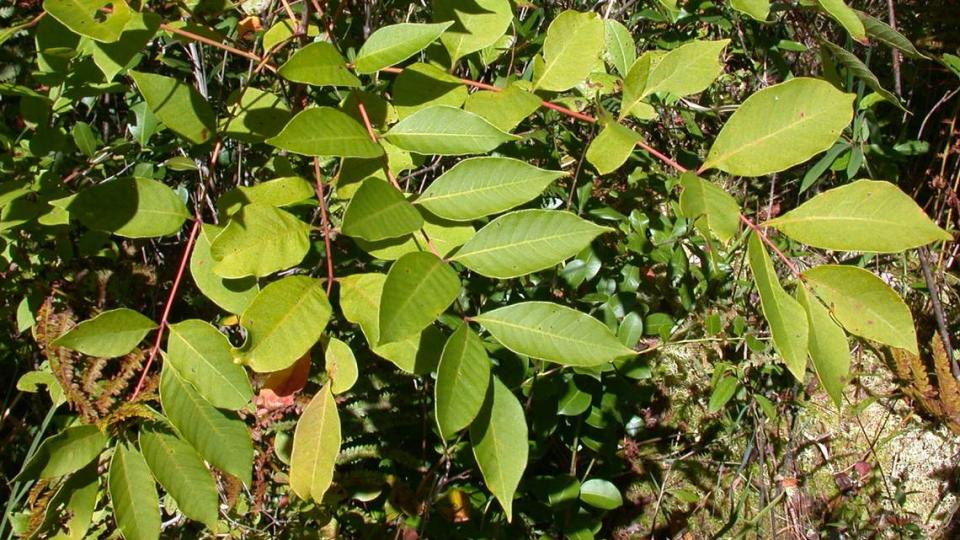
Poison Sumac
This tall shrub or small tree typically found in East Texas can be identified by its three to six leaf pairs with a single leaf at the stem’s end and a whitish green hanging fruit.
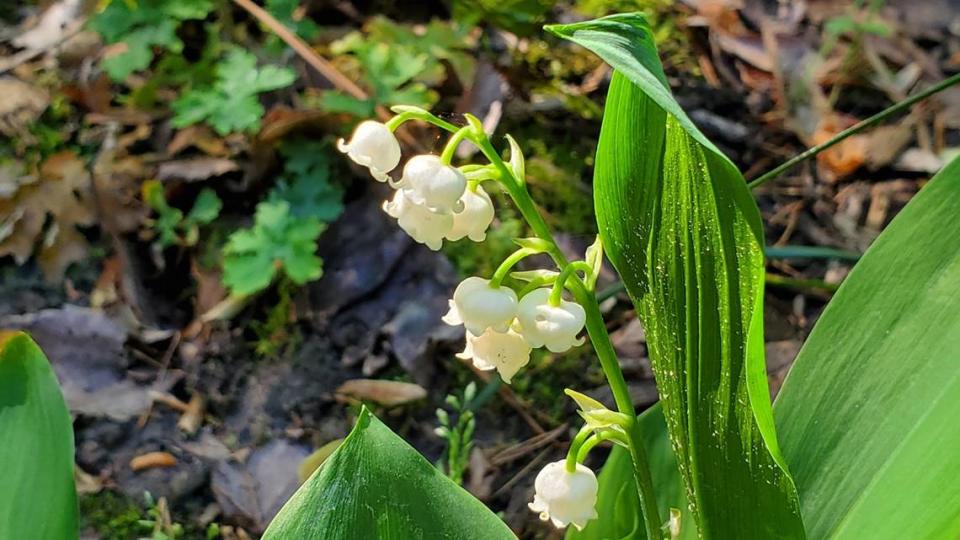
Lily of the Valley
This beautiful West Texas flower, identified by its bell shape and sweet fragrance, contains cardiac glycosides. If ingested, these can hinder the heart’s pumping ability and lead to death in severe cases. Between early to mid-spring, it flowers for three to four weeks.
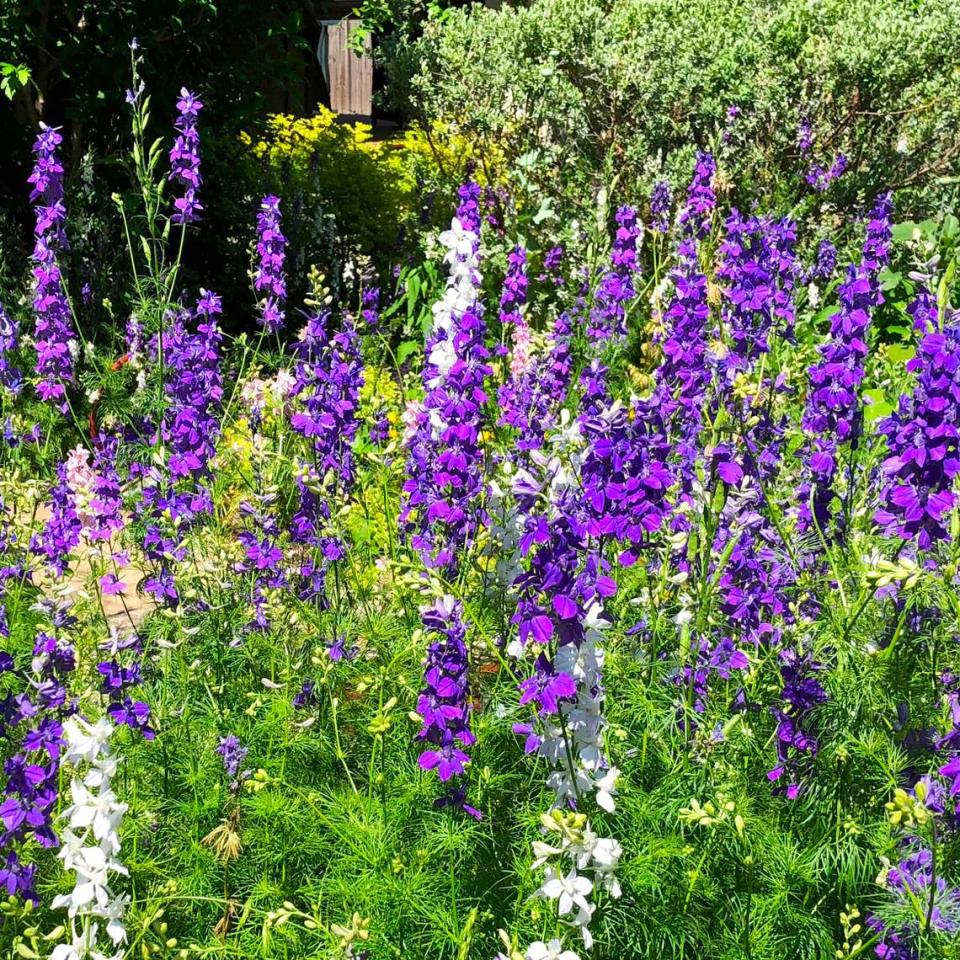
Larkspur
With tall spikes of blue or purple flowers, this perennial flower in the Ranunculaceae family contains potent alkaloids that can cause severe digestive issues and skin irritation.
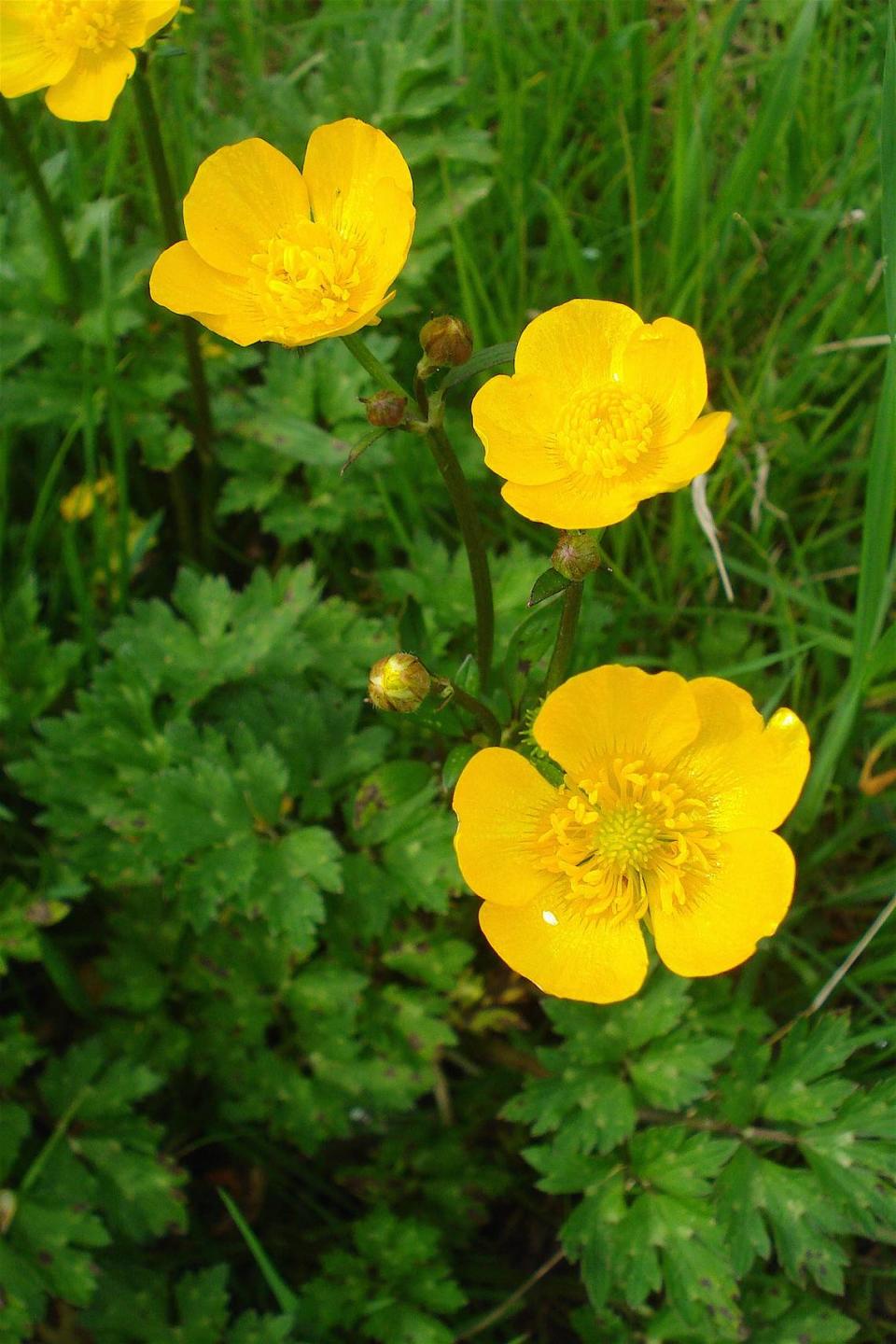
Buttercup
This bright, colorful gardening flower contains a chemical called protoanemonin that can cause skin irritation, pain, burning and tongue inflammation when touched. Ingesting the plant can cause mouth blisters and gastrointestinal issues, and can be fatal in severe cases. It typically flowers from April to October.
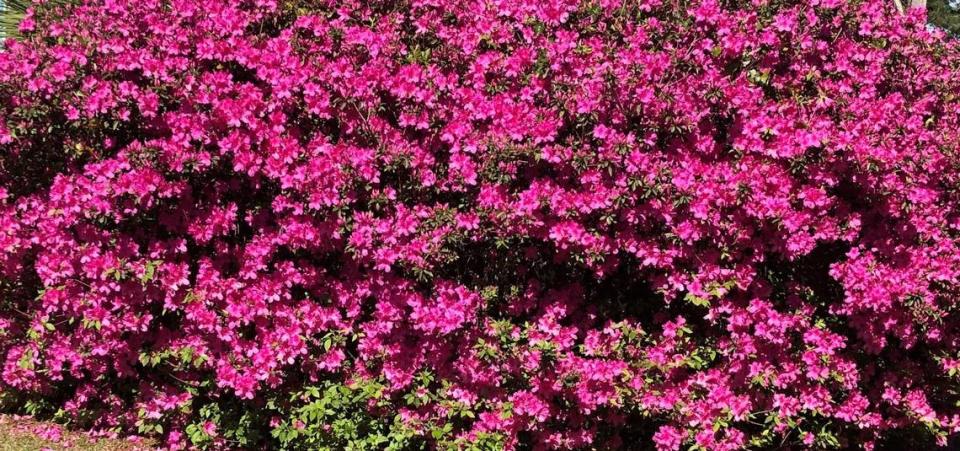
Azalea
Looks can be deceiving with these pretty pink flowers, as they contain grayanotoxins that can lead to poisoning if consumed in large quantities. Azaleas bloom in early to mid-April.
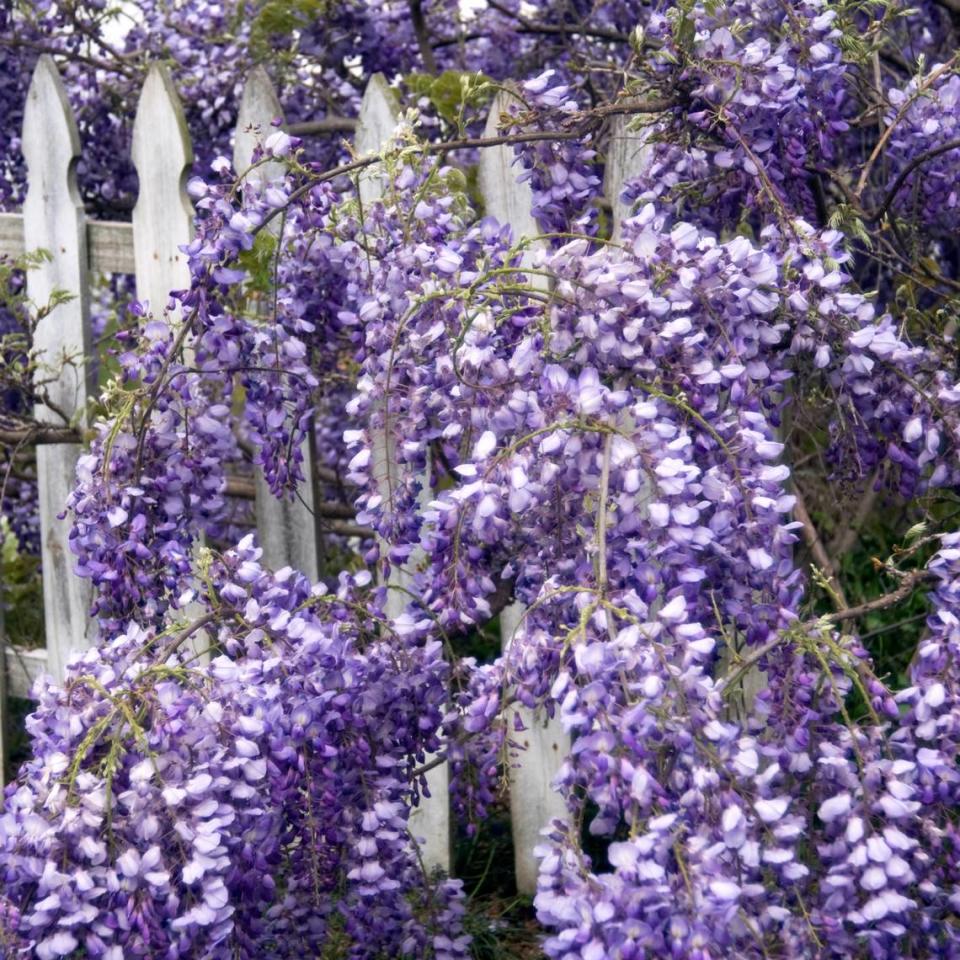
Wisteria
If eaten, the flowering vine with blue and purple flowers can cause confusion, speech difficulties, nausea, stomach pains, dizziness and diarrhea.
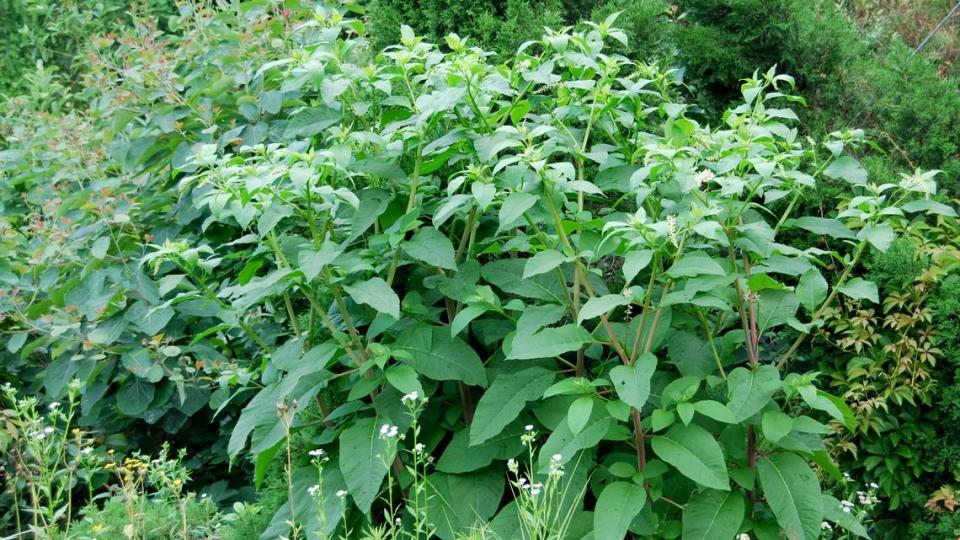
Pokeweed
This fast-growing plant, with large green leaves and dark berries in the fall, is poisonous and has been known to kill livestock that eat pokeweed growing in pastures.
How to avoid toxic plants in your Texas backyard
Take the following steps to prevent coming into contact with a poisonous plant, says Texas Poison Control.
Identify and label the plants in your area, yard, and home.
Wear gloves while gardening.
Keep plants, seeds, fruits and bulbs stored out of reach of children. A leaf can block an infant’s airway.
Remember Christmas plants such as mistletoe and holly may be dangerous.
Teach children to keep plants out of their mouths and not to suck on flowers or make “tea” from leaves.
Do not eat wild plants, especially mushrooms.
Do not make homemade medicines, shampoos, potions or teas from plants.
Avoid smoke from burning plants.
Never chew on jewelry made from seeds, beans, or grasses from plants.
Recognize plants that may cause a rash, such as poison ivy, poison oak, or bull nettle.
Do not make toys or whistles from unknown flowers or trees.
What to do if you come into contact with a toxic plan
Here’s what to do if you’ve come into contact with a toxic plant, according to Texas Poison Control.
Mouth
Remove any remaining portion of the plant, berry or mushroom.
Save a piece of the plant or mushroom in a dry container for identification.
Have the person wash out the mouth with water.
Check for any irritation, swelling or discoloration.
Skin
Remove contaminated clothing.
Wash skin well with soap and water.
Eyes
Wash hands with soap and water to avoid further irritation to the eye.
Rinse eye with lukewarm tap water for 10-15 minutes.
If you or a loved one is experiencing an allergic reaction after coming into contact with a poisonous plant, you can call Texas Poison Control at (800) 222-1222 to seek help.

